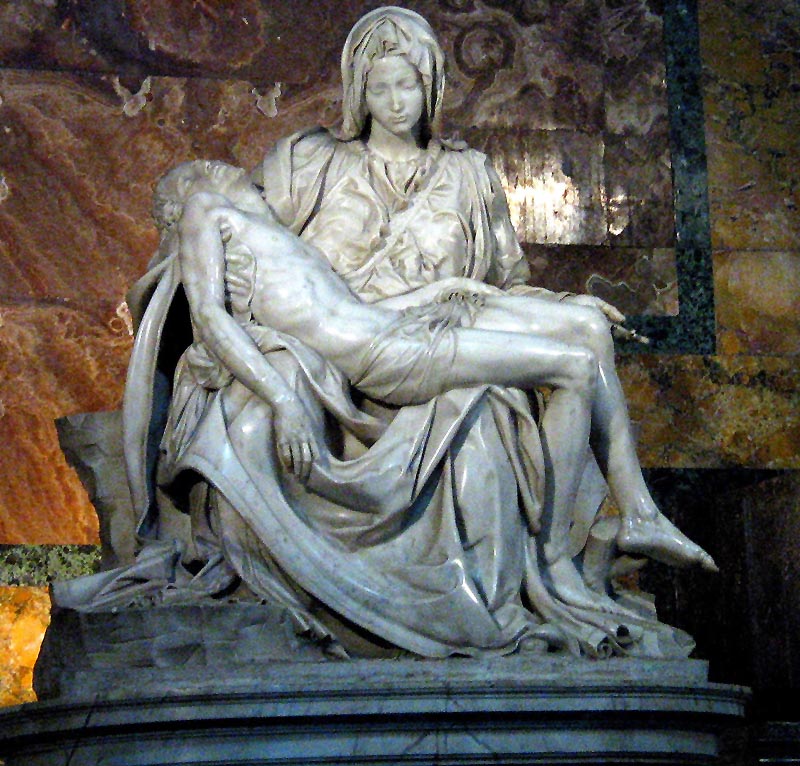
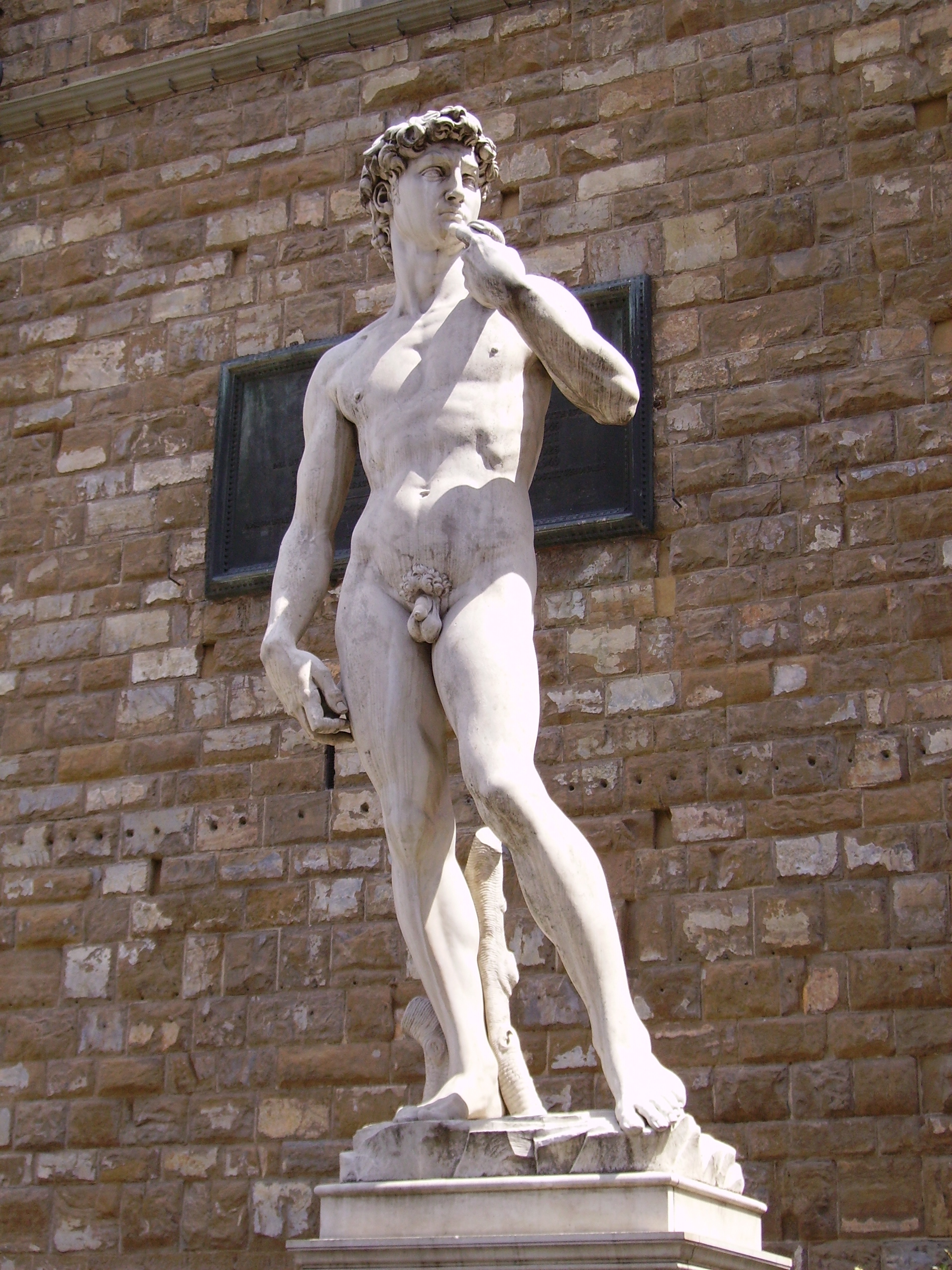
Even at birth Michelangelo was constantly surrounded by art. His birthday, March 6th was considered astrologically the time of being a genius of the arts. Even before Michelangelo could walk he was supposed to be great with art. His father, Lodovico di Lionardo Buonarotti Simon, ended up moving himself and Michelangelo to Settigano in Florence where there were many sculptures working. The constant art in his life is one of the influences on Michelangelo's intrest and perfection in his art. "Giorgio, if I have anything of genius, it came to me from being born in the subtle air of your country of Arezzo, while from my nurse I got the chisel and hammer with which I make my figures. (Michelangelo).
Michelangelo eventually came to be schooled under the Medici who had an art school. Lorenzo Medici was so interested in Michelangelo's work that he begged Buonarotti's father to adopt him Michelangelo grew up with the Medici and loved them a lot, during the protestant reformation on Pope Clement's death bed, Michelangelo was asked to finish his work in the Sistine chapel. He did this and he portrayed his mood into the final painting of the last judgement. The Medici were a great influence on Michelangelo's work because they were the ones who paid for his education in art.
Another great influence on Michelangelo's work was his belief in humanism.

Humanism is the philosophy of a variety of ethical theory and practices that emphasizes a reason, scientific inquiry, and human fulfillment in the natural world and often rejects the importance of belief in God (Dictionary.com). Humanism during the Renaissance or Michelangelo's time was more about separating from God and understanding the human mind more. This is spotted in his sculpting and painting because his depiction of Holy things were all in Human form and were not made to look any different from regular human beings.
During the time where art was starting to seem more pagan with such artists as Sandro Boticelli painting the birth of venus, Michelangelo was pushed even closer to the Church. He ended up working closely with the church for which he painted the Sistine Chapel, and for Pope Leo, a Medici, he built tombs for the Pope's father.
In Michelangelo's poem he wrote of love, drew images, and started to write about Christianity. He showed sorrow in his later poems so it seemed he regretted something. Michelangelo was a steadfast praiser of the Lord and this not only came out in his art but in his poetry. "No man can find it: Father! Thou must lead". (Michelangelo)
Michelangelo's influences were God, the art that surrounded him as a child, and the Medici.
Citation:Creation_of_Adam_Michelangelo. Digital image. Commons Wikimedia. Wikipedia. Web. 20 May 2010. .
"Michelangelo Biography - Life, Family, Childhood, Death, Mother, Young, Son, Old, Information, Born, House, Time, Year." Encyclopedia of World Biography. Web. 20 May 2010. .
"MICHELANGELO BUONARROTI(1475~1564." Oracle ThinkQuest Library. Web. 20 May 2010. .
Michelangelo-Buonarroti-David-2-Replica-Florence. Digital image. Commons Wikimedia. Wikipedia. Web. 20 May 2010. .
Michelangelo_Petersdom_Pieta. Digital image. Commons Wikimedia. Wikipedia. Web. 20 May 2010. .
"To the Supreme Being, by Michelangelo Buonarroti." Poetry Archive | Poems. Poetry Archive. Web. 20 May 2010. .
Vasarie, Giorgio. "Michelangelo: Giorgio Vasari's Lives of the Artists." FORDHAM.EDU. Web. 20 May 2010. .
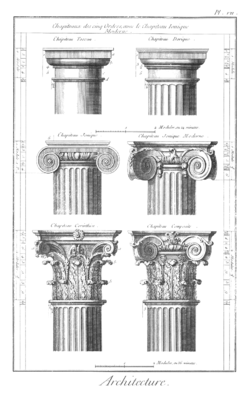








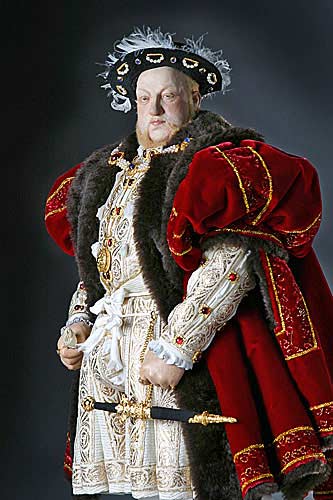
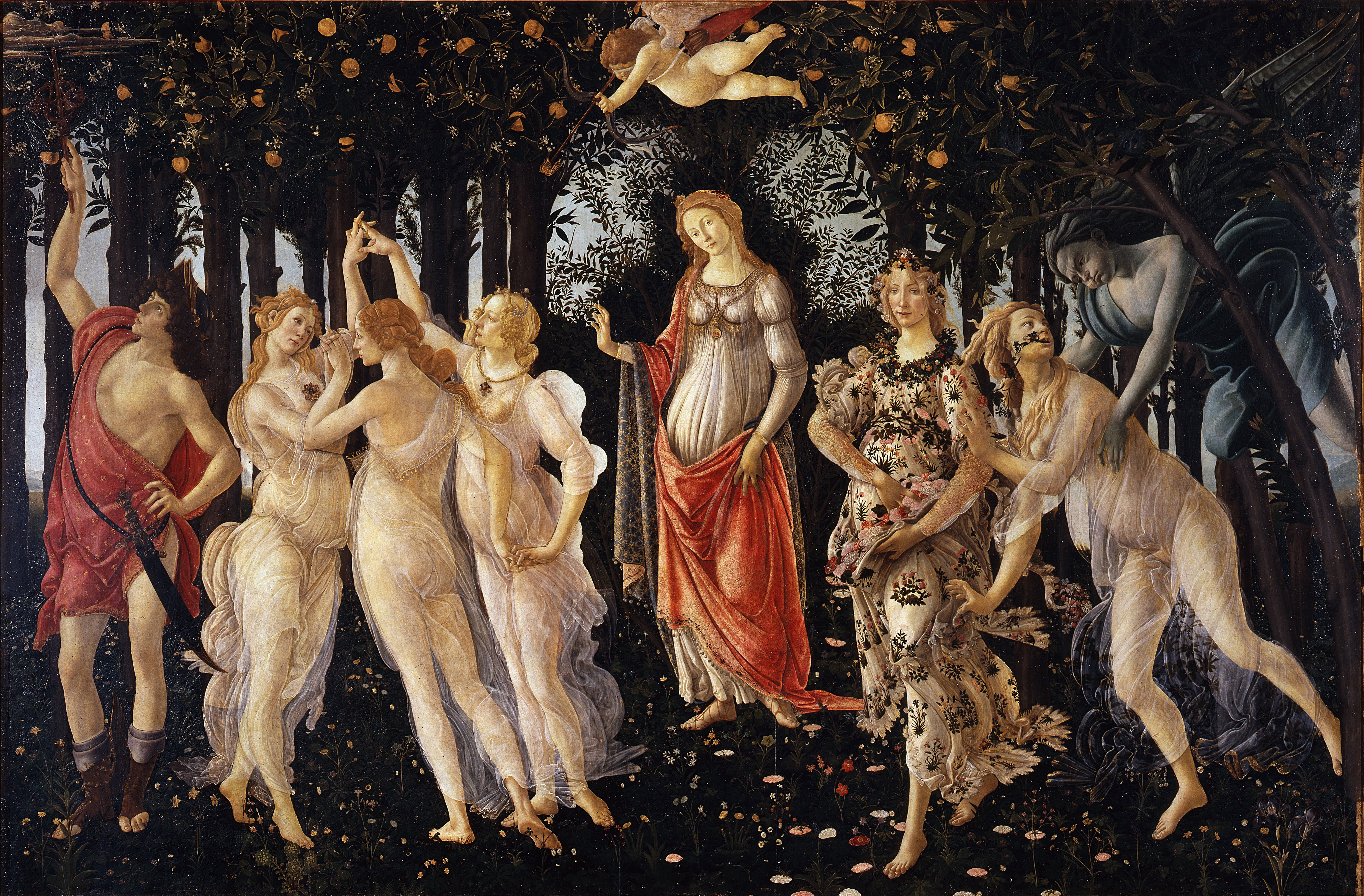


.jpg)
